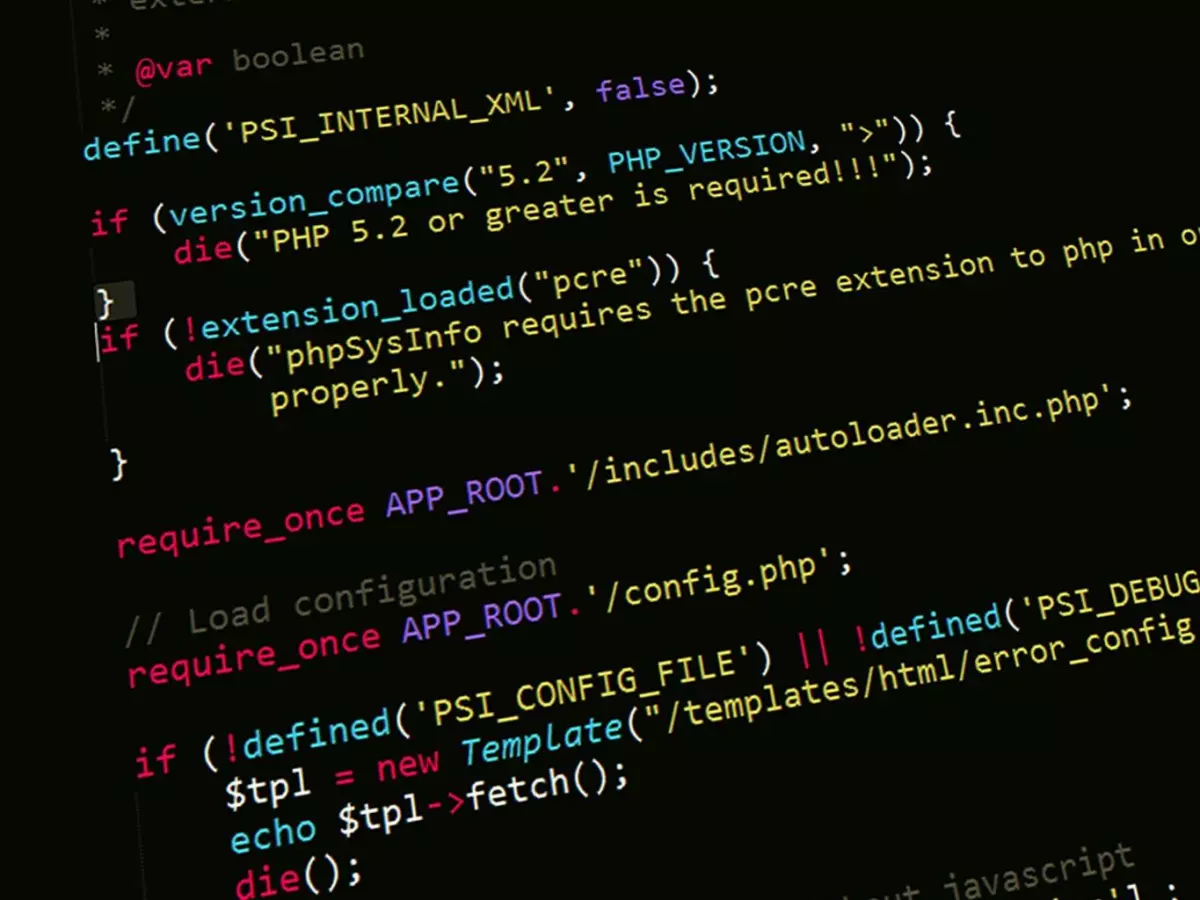Software Documentation
If you think software documentation is just an afterthought, think again. It’s time to master it, and here’s why it matters.

By Priya Mehta
Ask any seasoned software engineer, and they’ll tell you: code is only as good as its documentation. Sure, you can write the most elegant, efficient, and mind-blowing code, but if no one—including your future self—can understand it, you’re in trouble. In fact, Martin Fowler, a well-known software development expert, once said, “Any fool can write code that a computer can understand. Good programmers write code that humans can understand.” And that’s where documentation comes in.
But let’s be real. Documentation often feels like the least glamorous part of software development. It’s the thing you do when you’re done with the “real” work, right? Wrong. I’m here to tell you that mastering software documentation is not just a nice-to-have; it’s a must-have. Whether you’re working solo or on a team, good documentation can make or break your project. Let’s dive into why it’s so crucial and how you can level up your documentation game.
Why Documentation Matters More Than You Think
First off, let’s address the elephant in the room: why should you care about documentation? Isn’t the code itself enough? Well, no. Here’s why:
- Future-Proofing: Imagine coming back to your own code six months from now. Will you remember why you wrote that obscure function or how that complex algorithm works? Probably not. Documentation is your safety net.
- Team Collaboration: If you’re working in a team, documentation is the glue that holds everything together. It ensures that everyone is on the same page, reducing the risk of miscommunication and errors.
- Onboarding New Developers: Good documentation makes it easier for new team members to get up to speed. Without it, they’ll be stuck deciphering cryptic code, which wastes time and resources.
- Maintenance: Software is never truly “done.” There will always be bugs to fix, features to add, or optimizations to make. Documentation makes ongoing maintenance much smoother.
Types of Documentation You Should Master
Not all documentation is created equal. There are different types, each serving a unique purpose. Here’s a breakdown of the key ones you should know:
- Code Comments: These are the bread and butter of documentation. They live inside your code and explain what specific lines or blocks of code are doing. But beware—comments should be concise and to the point. Over-commenting can be just as bad as under-commenting.
- API Documentation: If you’re building an API, this is crucial. API documentation explains how your API works, what endpoints are available, and how to interact with them. It’s not just for external users; your future self will thank you for it.
- README Files: Every project should have a README file. This is the first thing anyone sees when they visit your repository. It should include an overview of the project, installation instructions, and how to get started.
- Architecture Documentation: This is where you explain the high-level structure of your software. What are the main components? How do they interact? This is especially important for large, complex systems.
- User Documentation: If your software has end-users, you’ll need user documentation. This explains how to use the software, including any features or settings that might not be immediately obvious.
Best Practices for Writing Great Documentation
Okay, so we’ve established that documentation is important. But how do you actually write good documentation? Here are some best practices to keep in mind:
- Be Clear and Concise: The goal of documentation is to make things easier to understand, not harder. Avoid jargon and keep your explanations simple and to the point.
- Keep It Up-to-Date: Outdated documentation is worse than no documentation at all. Make sure to update your docs whenever you make significant changes to your code.
- Use Examples: Whenever possible, include examples. A well-placed code snippet can make all the difference in helping someone understand how something works.
- Organize Your Docs: Structure your documentation in a logical way. Use headings, subheadings, and bullet points to make it easy to navigate.
- Automate Where Possible: Tools like Javadoc, Sphinx, or Doxygen can help automate parts of the documentation process, especially for APIs. Take advantage of these tools to save time and ensure consistency.
Common Pitfalls to Avoid
Even seasoned developers can fall into some common traps when it comes to documentation. Here are a few to watch out for:
- Over-Documenting: Yes, there is such a thing as too much documentation. Don’t document every single line of code. Focus on the parts that are complex or not immediately obvious.
- Writing for Machines, Not Humans: Remember, documentation is for people, not computers. Avoid writing in a way that’s overly technical or hard to follow.
- Neglecting Updates: As I mentioned earlier, outdated documentation is a big no-no. Make it a habit to update your docs whenever you update your code.
Tools to Help You Master Documentation
There are plenty of tools out there designed to make documentation easier. Here are a few worth checking out:
- Javadoc: If you’re working in Java, Javadoc is a must. It automatically generates documentation from your code comments.
- Sphinx: This tool is great for Python projects. It’s highly customizable and can generate beautiful, professional-looking documentation.
- Doxygen: Doxygen is a versatile tool that works with multiple programming languages, including C++, Java, and Python. It’s perfect for generating API documentation.
- Markdown: For simple documentation like README files, Markdown is a great choice. It’s easy to learn and widely supported.
Wrapping It Up
At the end of the day, mastering software documentation is about more than just writing down what your code does. It’s about creating a resource that will help you, your team, and future developers understand and maintain the software. And trust me, your future self will thank you for it.
Here’s a final thought to leave you with: according to a study by Stripe, developers spend nearly 42% of their time dealing with technical debt and bad documentation. Imagine how much more productive you could be if your documentation was top-notch. So, what are you waiting for? It’s time to master the art of software documentation.





